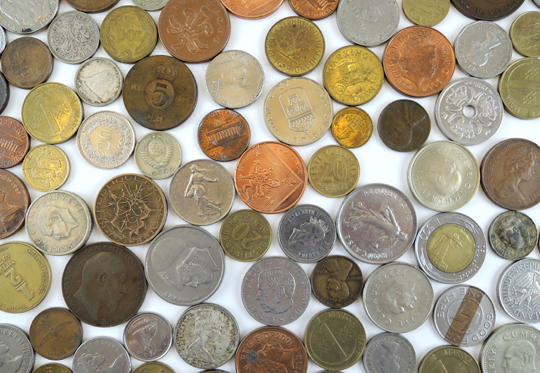
Coins, buttons, and yo-yos? There IS a connection between these three things. Granted, it’s a very uncommon connection…
We read The Uncommoners: The Crooked Sixpence, written by Jennifer Bell, and illustrated by Karl James Mountford (Crown Books, 2017). When Ivy and Seb Sparrow’s grandmother breaks her wrist, it sets off a very unexpected chain of discoveries. The siblings quickly learn that a subterranean world exists underneath their feet. It teems with common objects that do uncommon things (flying vacuum cleaners, healing buttons, lemon squeezers the shed light, for example). Ivy and Seb also learn that they are part of a family with a dark, secret past…a past that is coming back to haunt them and threaten the lives of all the citizens of Lundinor.
This book was perfect for To Be Continued, our chapter book story time for kids ages 6-9. Time was tight towards the end of the book and our summer break, so I devised these quick activities for the hands-on portion of the program.
In the book, Ivy comes to possess a coin – a slightly bent one-pence piece made of silver that warms in her hand. The coin is very significant, as are other objects in the story. Happily, I had a large bag of old coins that were donated to the library by my lovely neighbor, Leonore. I spread them out on tables, and kids got to examine them and take home a pile for their personal collections. As you can see, they were VERY intent on this task!
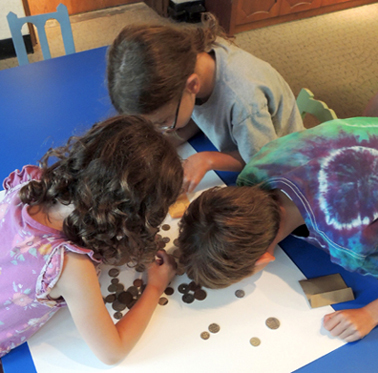 Next came a mysterious package tied with an old brass button (buttons have healing powers in Lundinor):
Next came a mysterious package tied with an old brass button (buttons have healing powers in Lundinor):
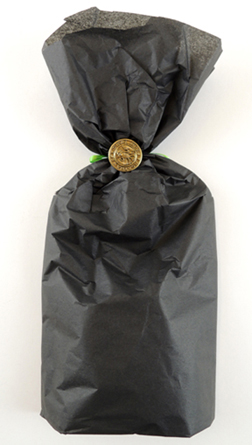 Inside the package was a yo-yo. That’s right. A yo-yo.
Inside the package was a yo-yo. That’s right. A yo-yo.
In Lundinor, yo-yos are uncommon. Meaning, they are weapons that create whirlwinds to fend off murderous selkies and giant grim-wolves. I loved this concept and wanted to share it with the kids. But I didn’t want it to be just ANY yo-yo. So I bought Duncan “Lime Light” yo-yos that change color as you spin them!
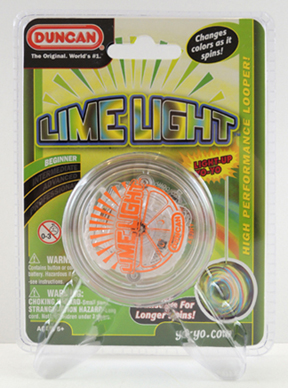 I bought these directly from Duncan’s website for $5 a pop. And because it’s currently Duncan’s 90th anniversary (wow!) they were 15% off and free shipping. The kids loved them, of course!
I bought these directly from Duncan’s website for $5 a pop. And because it’s currently Duncan’s 90th anniversary (wow!) they were 15% off and free shipping. The kids loved them, of course!


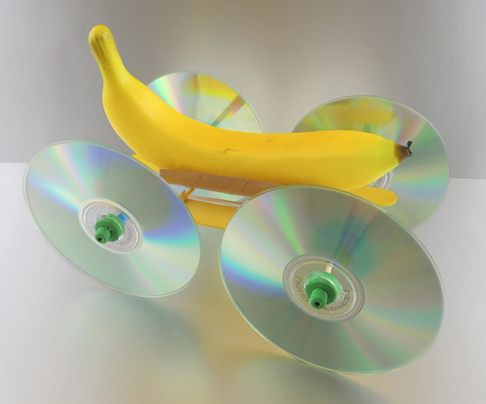 This banana’s going mobile, thanks to its CD wheels and rubber band engine! And why did we rig this fruit to roll? Four words: fusion, bananas, trolls, and technology. This feat of engineering was was constructed at
This banana’s going mobile, thanks to its CD wheels and rubber band engine! And why did we rig this fruit to roll? Four words: fusion, bananas, trolls, and technology. This feat of engineering was was constructed at 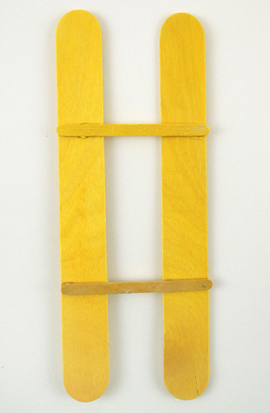 Next, cut a toilet paper tube in half, then hot glue it on top of the mini craft sticks:
Next, cut a toilet paper tube in half, then hot glue it on top of the mini craft sticks: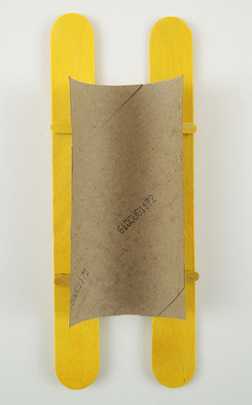 This creates your “banana saddle,” which keeps the bottom of your banana from interfering with the rubber band motor. Here’s a side view of the finished saddle:
This creates your “banana saddle,” which keeps the bottom of your banana from interfering with the rubber band motor. Here’s a side view of the finished saddle: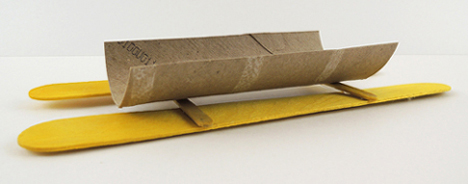 To create the rubber band motor, tightly wrap a brass fastener around the center of a 5.75″ piece of bamboo skewer. You want to prongs to be nice and tight, but make sure there’s still a little room under the head of the brass fastener for the rubber band.
To create the rubber band motor, tightly wrap a brass fastener around the center of a 5.75″ piece of bamboo skewer. You want to prongs to be nice and tight, but make sure there’s still a little room under the head of the brass fastener for the rubber band.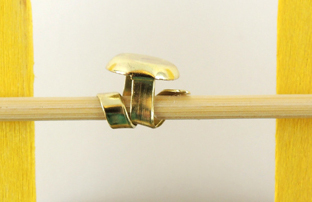 Cut a drinking straw into 3 pieces (two 1.5″ pieces, and one 3.75″ piece). Thread the 2 smaller pieces on either side of the bamboo skewer with the brass fastener. Then thread the larger straw piece onto the other bamboo skewer. Hot glue the straws directly to the jumbo craft sticks, then loop a rubber band onto the center of the longer straw. The underside of your car should now look like this:
Cut a drinking straw into 3 pieces (two 1.5″ pieces, and one 3.75″ piece). Thread the 2 smaller pieces on either side of the bamboo skewer with the brass fastener. Then thread the larger straw piece onto the other bamboo skewer. Hot glue the straws directly to the jumbo craft sticks, then loop a rubber band onto the center of the longer straw. The underside of your car should now look like this: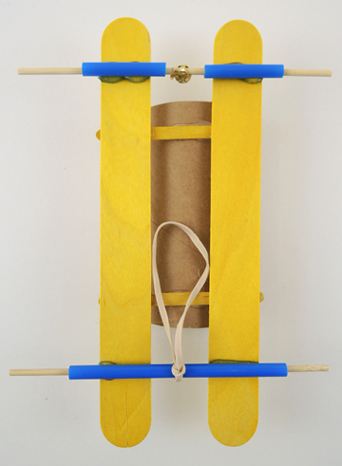 Later, you will wrap the rubber band around the head of the brass fastener, then wind the wheel and the axle to tighten the rubber band and prime the banana car’s “motor”:
Later, you will wrap the rubber band around the head of the brass fastener, then wind the wheel and the axle to tighten the rubber band and prime the banana car’s “motor”: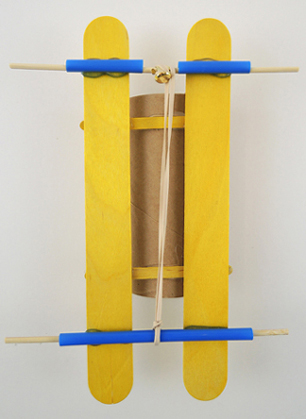 The car’s wheels are surplus CDs we obtained via donation from various University departments. We pushed a foam bead through the holes of each CDs, then hot glued them for extra security. Slide the wheels onto the ends of the bamboo skewers, then hot glue another foam bead to the outside of each wheel.
The car’s wheels are surplus CDs we obtained via donation from various University departments. We pushed a foam bead through the holes of each CDs, then hot glued them for extra security. Slide the wheels onto the ends of the bamboo skewers, then hot glue another foam bead to the outside of each wheel.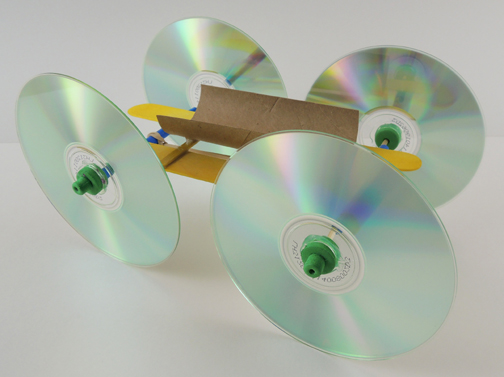 The car is ready to go…all you need is a banana! We actually went with FAKE bananas for this project (Amazon: 6 cost $11). Firstly, fake bananas don’t ripen inconveniently. Secondly, fake bananas are lighter, which meant that the cars would roll a little further.
The car is ready to go…all you need is a banana! We actually went with FAKE bananas for this project (Amazon: 6 cost $11). Firstly, fake bananas don’t ripen inconveniently. Secondly, fake bananas are lighter, which meant that the cars would roll a little further.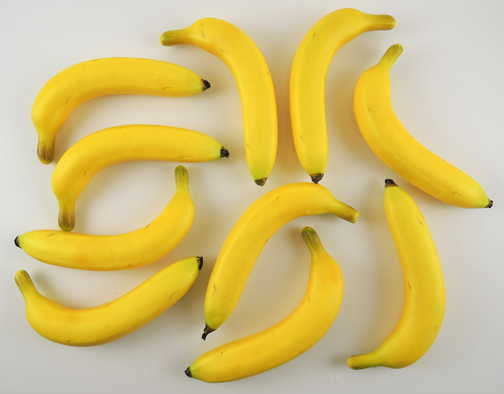
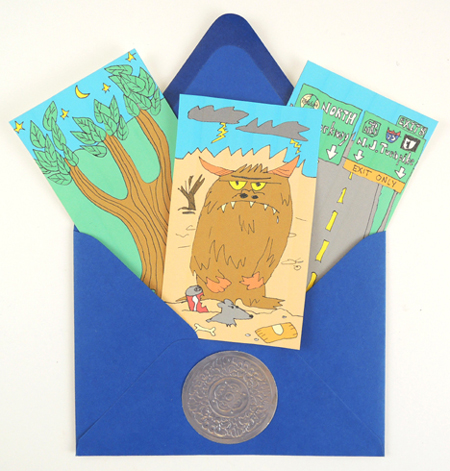 A shifting map full of flying horses, hungry demons, mystical landscapes, and the New Jersey turnpike? This could only be a project for
A shifting map full of flying horses, hungry demons, mystical landscapes, and the New Jersey turnpike? This could only be a project for  Myriorama cards, which debuted in 19th century Europe, are these cool little decks of cards with matching skies and horizon lines (I review of a modern deck of myriorama cards in
Myriorama cards, which debuted in 19th century Europe, are these cool little decks of cards with matching skies and horizon lines (I review of a modern deck of myriorama cards in 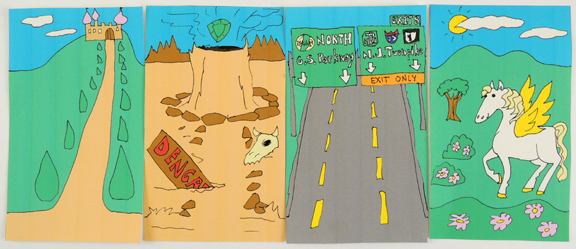 You’ll need:
You’ll need: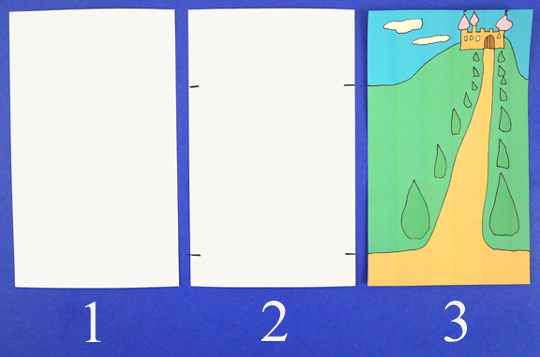 For our story time activity, I gave each kid a colorful envelope bedecked with a silver
For our story time activity, I gave each kid a colorful envelope bedecked with a silver 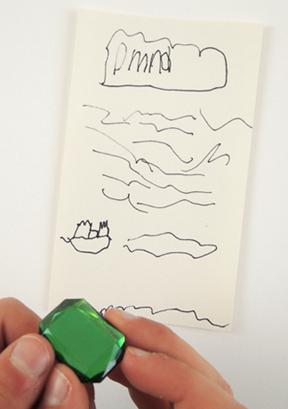 If you’d like the myriorama cards I drew, you’ll find the black and white template
If you’d like the myriorama cards I drew, you’ll find the black and white template